The Sci-Fi genre can trace its roots all the way back to 1818, with the release of Mary Shelley’s Frankenstein. Sci-Fi has been around so long, in fact, that it’s spawned a plethora of subgenres. One such subgenre is historical Sci-Fi, which sees Sci-Fi themes and narratives set against a backdrop of real-world historical events, or a specific period in history. Back to the Future 3, 11.22.63, Prey, and superhero movies like Captain America and Wonder Woman are all examples of historical Sci-Fi. A key feature of historical Sci-Fi is that they often explore an alternate universe in which the real-world timeline has diverged for a specific reason. STALKER 2 has one such setting.
A sequel that’s been in the pipeline for over a decade, STALKER 2 follows on from its predecessors’ story quite directly. As such, STALKER 2 features essentially the same historical Sci-Fi setting as those earlier entries, and it shows just how beneficial these types of settings can be for a modern Sci-Fi open-world game.
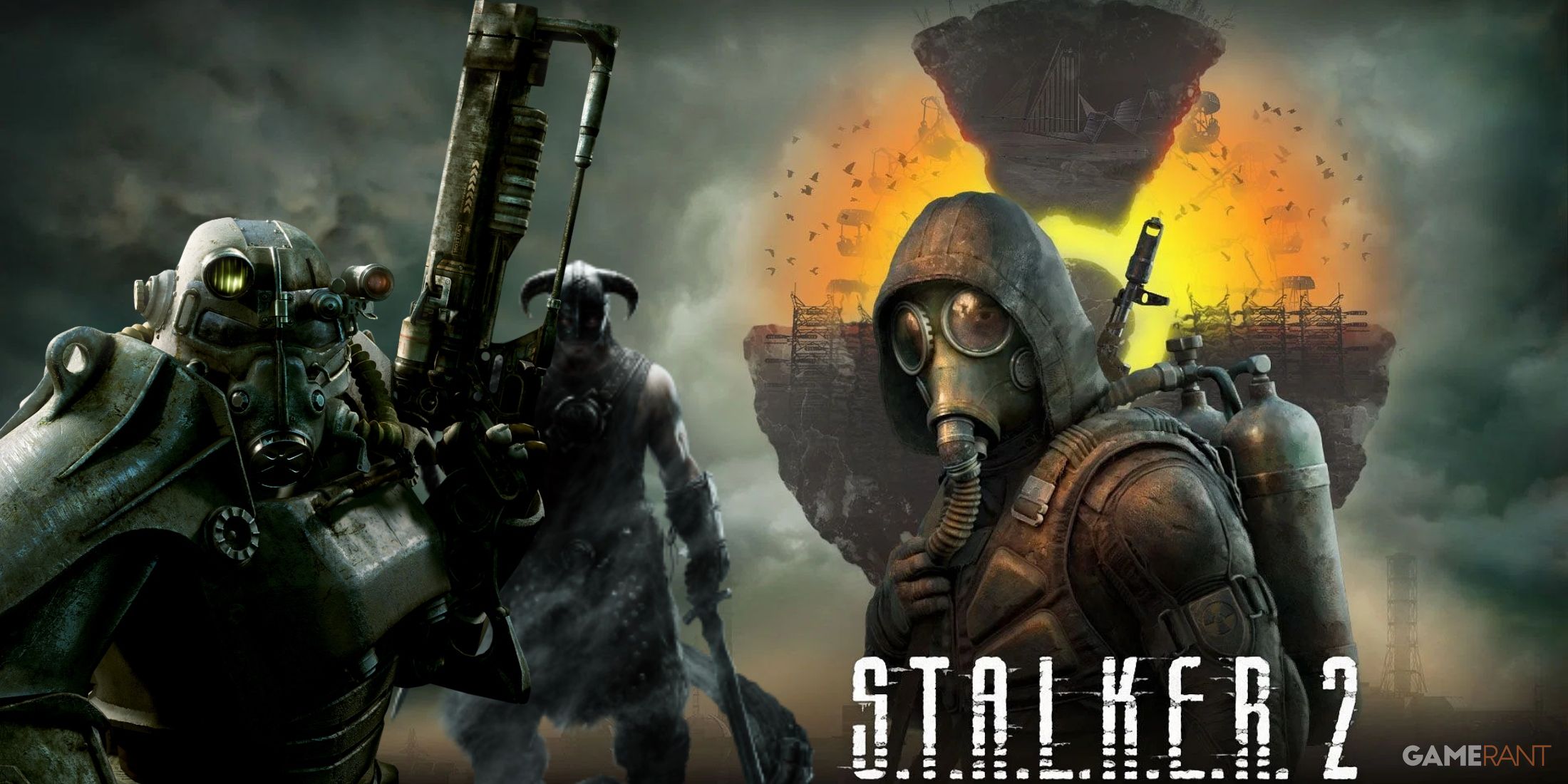
Related
STALKER 2 Borrows One of Fallout, Skyrim’s Best Features
STALKER 2: Heart of Chornobyl’s open-world is hauntingly beautiful, and it gives one popular Bethesda RPG feature a good run for its money.
STALKER 2 Shows The Benefits of Having a Historical Sci-Fi Setting
STALKER 2’s Historical Sci-Fi Setting Explained
As its name implies, STALKER 2: Heart of Chornobyl‘s setting revolves around the 1986 Chornobyl Disaster, in which one of the nuclear power plant’s reactors malfunctioned and exploded. This real-world event is used as the basis of STALKER‘s Sci-Fi world, as in STALKER‘s timeline, this malfunction at Chornobyl was due to Soviet experiments into the Noosphere, an invisible field that surrounds the Earth and contains the emotions and thoughts of all humans.
While much of STALKER‘s timeline follows a similar path to real history, alternate events are littered throughout. For instance, while the Soviet Union’s collapse still occurred in 1991, it did little to stop the Soviet scientists still within Chornobyl’s Exclusion Zone from continuing their experiments, which eventually resulted in a second major Chornobyl Disaster in 2006.
From there, STALKER‘s alternate universe starts to take its full shape. The second Chornobyl Disaster caused a huge increase in the Zone’s size, caused extreme mutations in animals, plants, and humans still living there, and resulted in the appearance of localized anomalies that defied the laws of physics. Some scavengers hear tales of treasure lying within the Zone, and any individual who goes hunting for it is referred to as a “Stalker.”
Why STALKER 2’s Historical Sci-Fi Setting Is a Boon
A setting is one of the most important aspects of a video game, with it being directly responsible for establishing a game’s tone, themes, story, and characters. There have been plenty of excellent original video game settings over the years, especially in the Sci-Fi genre, but it can take quite a bit of time to properly establish an original Sci-Fi universe in a video game.
Good Sci-Fi games try to immerse players in their setting right away, often giving players a quick rundown of the universe’s history and key figures before they’re thrust into the game’s main story, so that they have a clear understanding of the setting’s stakes and rules. But the best Sci-Fi games are those that don’t need to waste time setting up a dense universe full of complex lore via an opening monologue at all.
STALKER 2‘s history-based Sci-Fi setting allows for just that. Though it occurred almost 40 years ago, many people have a general understanding of the 1986 Chornobyl Disaster, and those who don’t can gather it from context clues pretty easily. That historical backdrop immediately sets the tone for STALKER‘s Sci-Fi world and gives players a good understanding of what they should expect long before they press start on the main menu.
STALKER 2‘s historical Sci-Fi setting also reinforces the survival game’s immersive sim elements, as it adds a strong layer of realism to the experience from the get-go.
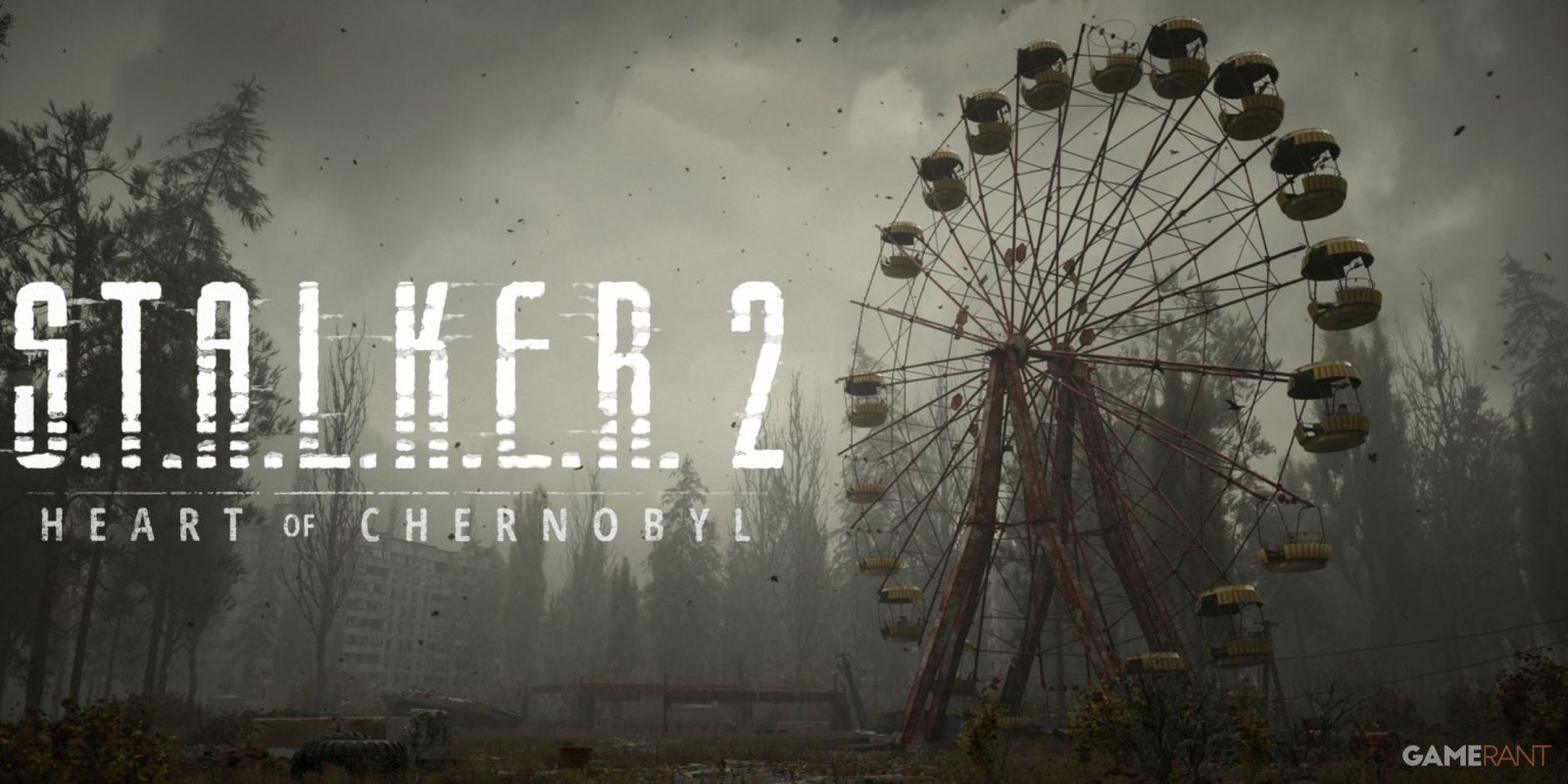
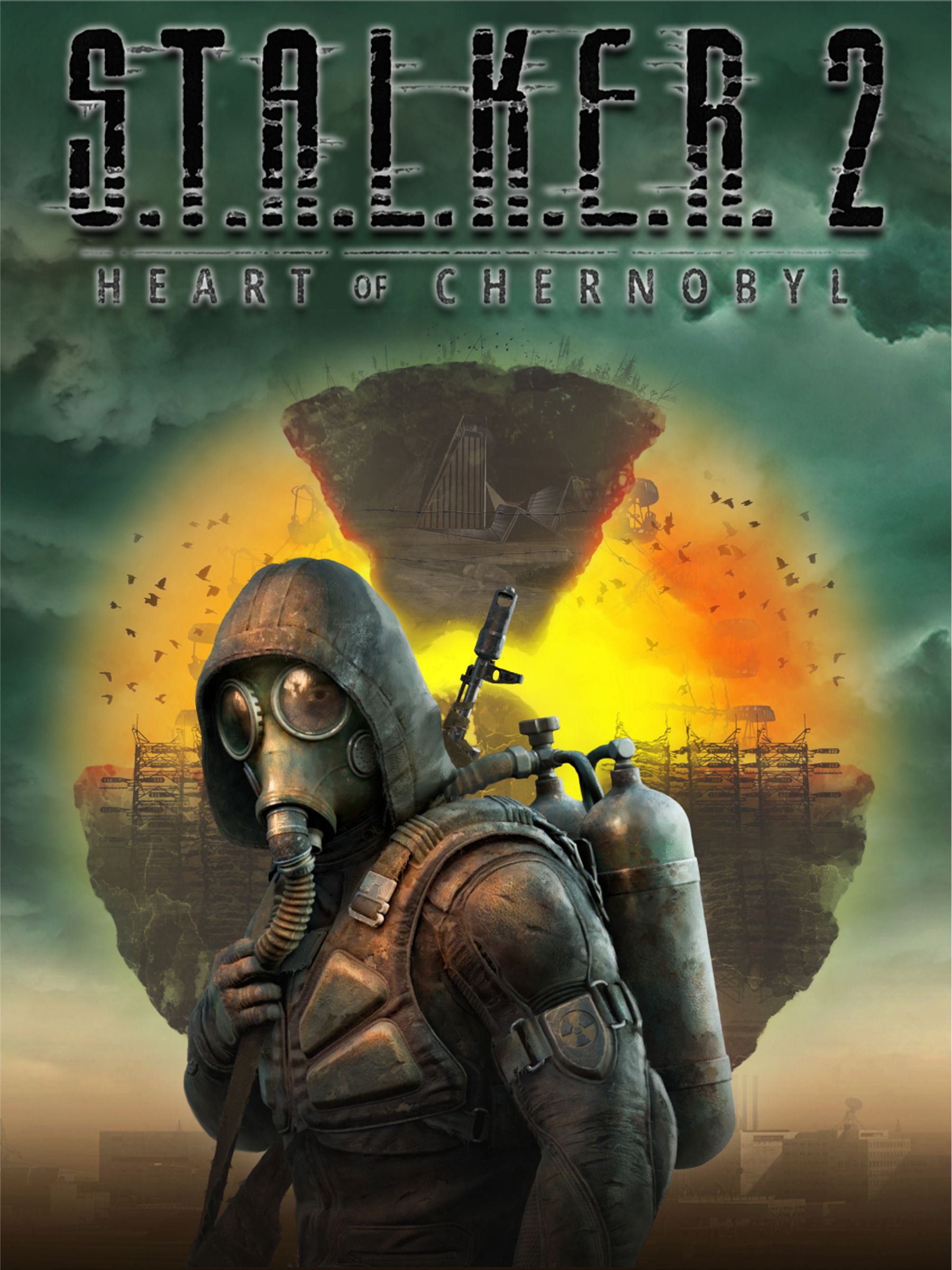




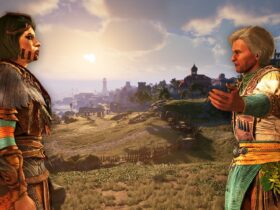

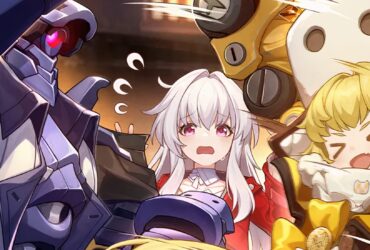
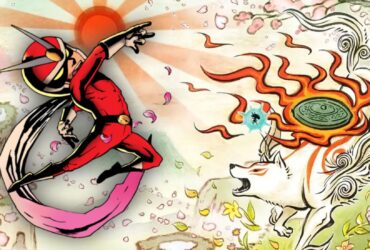

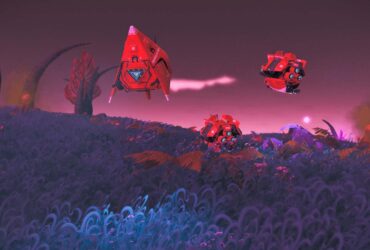
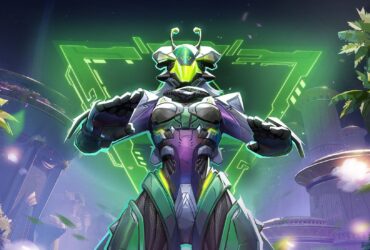
Leave a Reply